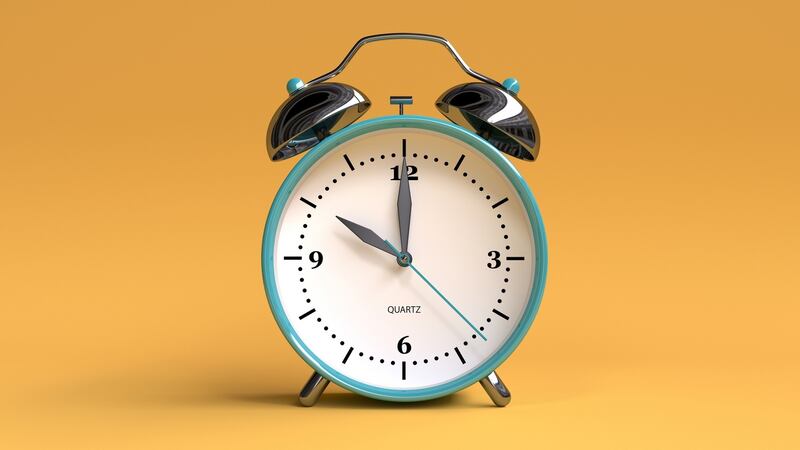Keep your phone out of the bedroom
Many of us use our phones as alarm clocks, meaning they are the last thing we see at night and the first thing we see in the morning, perhaps even before our eyes are fully open. A 2017 study found that "social media use in the 30 minutes before bed is independently associated with disturbed sleep among young adults". So, charge your phone somewhere other than the bedroom and buy an alarm clock instead.
Control your notifications
Even if you manage to put down your phone, chances are it will buzz within a couple of seconds, begging you to pick it up again. Take the time to do a deep dive into your notification settings. The Center for Humane Technology (CHT) – a non-profit set up by former Google product manager Tristan Harris to help people "live more intentionally with their devices" – recommends disabling all notifications that are not sent by people. That allows those from messaging apps, but not reminders that "14 people liked your photo".

Actively limit your screen time
The newest versions of Android and iOS, the two most popular mobile operating systems, have features that track your screen time, offering weekly reports on how often you pick up your phone, how many hours you use it for each day and which apps you use the most. But instead of just reading the reports, take a proactive approach: turn on limits for apps you want to cut down on, for example by limiting Twitter to one hour a day. Yes, you can override it – but just being shaken out of passive scrolling may be enough to make you find something better to do.
Go grey
Switching your phone to greyscale ensures that real life is always the more vivid option. This is Harris's signature recommendation because it neuters user-interface designers' carefully tested psychological prompts to keep us coming back for more. On iOS, go to Settings | General | Accessibility | Accessibility Shortcut | Colour Filters: "This allows you to triple-tap the home button to toggle greyscale on and off, so you keep colour when you need it," the CHT says. There is no consistent way to do this across Android devices, but most have an equivalent in the accessibility menu.
Practise intentionality
Not everything has a tech solution. Ask yourself before you pick up your phone: "Why am I doing this?" Sometimes that can be enough to stop yourself from aimlessly scrolling; admit to yourself that the answer is: "I am bored during this seven-second lift journey," and you may reconsider. –Guardian









